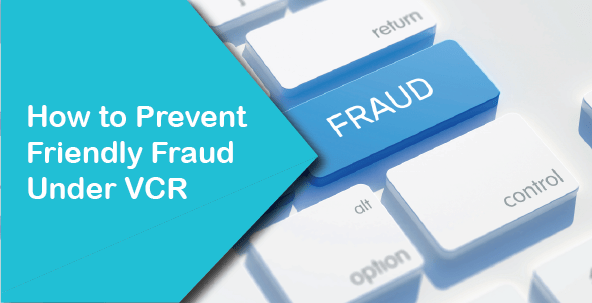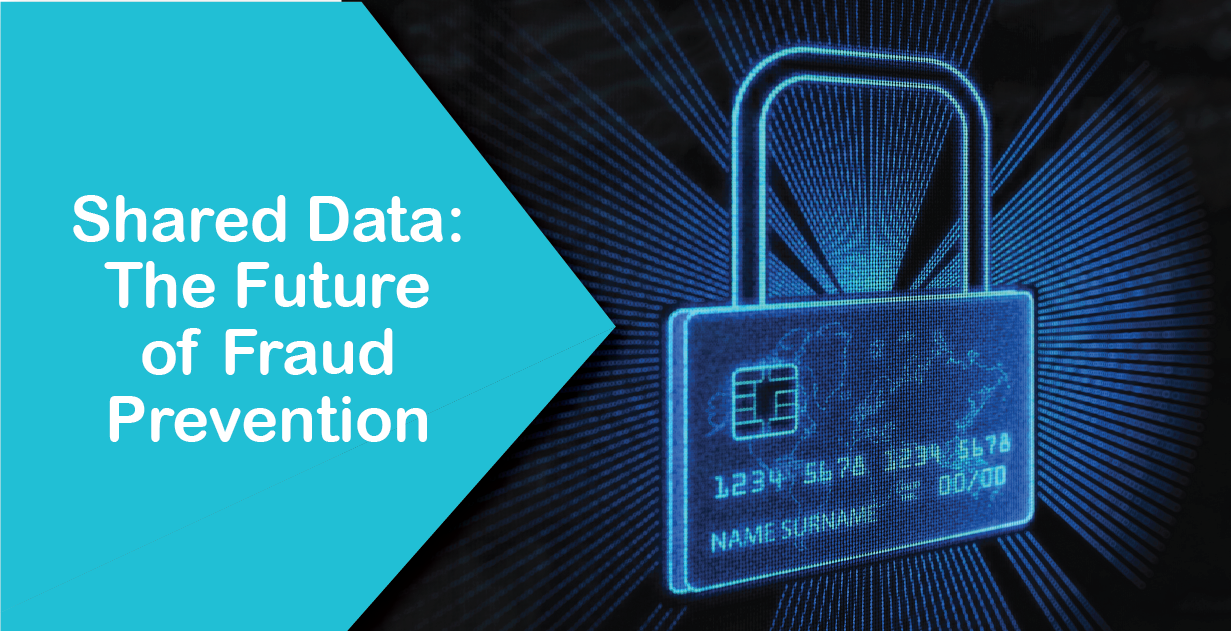
With every improvement made in security and customer knowledge, one threat remains constant: friendly fraud. Friendly fraud is the chargeback threat that can slowly but surely eat away at merchant confidence and profits.
Some merchants accept that friendly fraud and chargebacks are simply the cost of doing business. Don’t give in to the fraudsters and problems in the dispute system that contribute to friendly fraud. Instead, empower yourself with knowledge, tools, technology, and customer service skills to prevent friendly fraud and chargeback fraud from impacting your bottom line.
With the recent changes introduced by the Visa Claims Resolution (VCR) program, merchants must be even more vigilant to reduce friendly fraud risks, especially given the potential impact the retirement of Reason Code 75 will have on fraud prevention.
What Is Reason Code 75?
Reason Code 75, “transaction not recognized,” was one of the most commonly used codes, which issuers used to obtain more information to confirm fraud.
Visa officially stated that Reason Code 75 was retired because: The Cardholder does not recognize the Transaction and additional information beyond the data required in the Clearing Record is needed to assist the Cardholder in identifying the Transaction.
This places new demands on merchants to prove a transaction is in fact valid. The concern from merchants and issuers is that the retiring of Reason Code 75 may encourage more friendly fraud claims. Because the root cause still remains with the cardholder who does not recognize the transaction, the cardholder is inclined to file a chargeback or dispute.
At first glance, this might not appear to be much of a change for merchants. However, VCR’s introduction of two new dispute resolution workflows – Collaboration or Allocation – makes it significant.
Now, previous Reason Code 75 chargebacks will fall under the Allocation workflow. The challenge Allocation workflow presents for merchants is the automatic liability placed on them and the possible removal of automatic rights to represent or proceed with the dispute process.
Merchants must now provide compelling evidence before initiating the dispute process against the friendly fraud claim. This means that merchants must assess how they can improve internal and external processes to prevent the confusion and errors that enable friendly fraud chargebacks.
How to Prevent Friendly Fraud
Typically, cardholder confusion triggers friendly fraud claims, but intentional fraud can also be buried under the friendly fraud moniker. Regardless of the underlying reason for the friendly fraud chargeback, the onus is on the merchant to provide compelling evidence to dispute the claim.
The new Allocation workflow requires merchants to be ever-vigilant in how they communicate with cardholders and manage their internal record keeping.
Common friendly fraud claims include:
- The item wasn’t delivered
- The item doesn’t match the online description
- The cardholder returned the item and did not receive a refund
- The order was cancelled but the item was still delivered
- The cardholder does not remember making the purchase
The best defense for merchants against such claims is a combination of advanced payment solutions, well-trained customer service, and effective best business practices.
- Advanced fraud prevention technologies. Use a payment solution that takes advantage of the latest in fraud prevention technologies, including IP intelligence, 3D Secure, tokenization, geolocation and SSL.
- Customer service. Make sure your customer service team maintains thorough records of every cardholder communication. This includes emails confirming the purchase and credit card authorization, shipping details, tracking number confirmation, and responses to questions about the product or service.
- Best business practices. Incorporate clear refund and return policies, up-to-date product descriptions and photos, confirmation emails, detailed credit card statement descriptors, tracking and shipping confirmation details, verification of cardholder details, and a detailed review of cardholder history.
Remember that under VCR you are liable for all fraud disputes – friendly or malicious. It’s up to you to provide the compelling evidence demanded by Visa, and only then can you initiate a chargeback representment or dispute process.
Keep in mind that this is all happening within a time frame shortened from 45 to 30 days. Now, you must be ready to respond quickly with your compelling evidence and be up-to-date with the new Visa Resolve Online dispute platform.
We urge you to take time now to learn as much as possible about VCR:
- How Will Visa Claims Resolution Impact Your Business?
- VCR: Importance of Merchant-Issuer Collaboration
- Visa Claims Resolution Efficient Dispute Processing
- Visa Claims Resolution (VCR) Learning Resources
You can contact us to ask any VCR questions you have and to discuss your friendly fraud risks.







